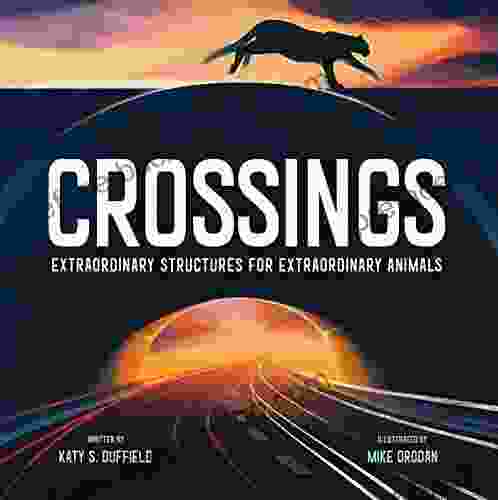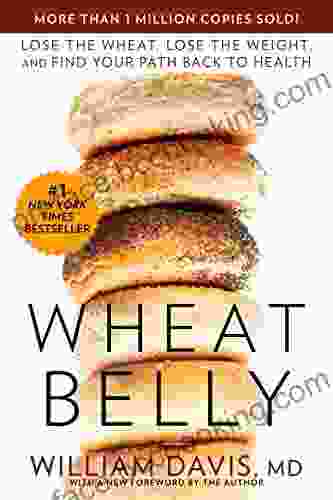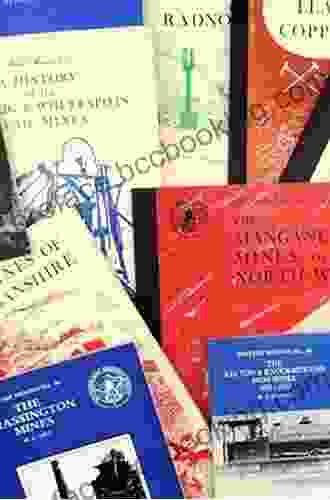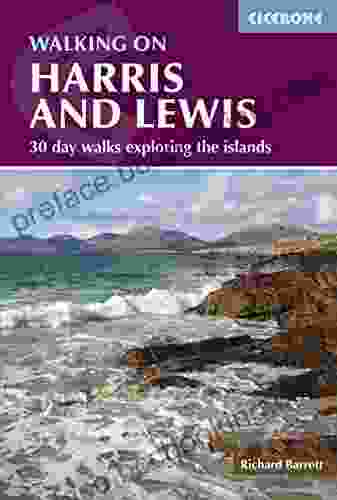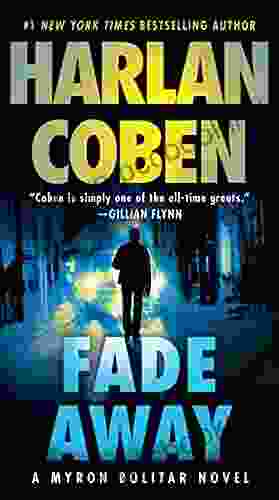Crossings: Extraordinary Structures For Extraordinary Animals

Animals have been crossing roads and other human-made barriers for centuries. But as our infrastructure has expanded, so too has the danger to wildlife. Every year, millions of animals are killed on roads, and many more are injured or displaced.
5 out of 5
| Language | : | English |
| File size | : | 24510 KB |
| Screen Reader | : | Supported |
| Print length | : | 48 pages |
Crossings are structures that allow animals to safely cross roads and other barriers. They can be as simple as a culvert or as complex as a multi-level bridge. But no matter how they are designed, crossings are essential for keeping wildlife safe and connected.
The book Crossings: Extraordinary Structures For Extraordinary Animals explores the fascinating world of animal crossings. From the simple to the complex, these structures are essential for animals to move safely and efficiently through their environment. The book is beautifully illustrated with photographs and drawings, and it is written in a clear and accessible style that will appeal to readers of all ages.
The Importance of Crossings
Crossings are essential for wildlife for a number of reasons. First, they allow animals to move safely across roads and other barriers. This is important for animals that need to access food, water, shelter, and mates. Second, crossings help to maintain genetic diversity by allowing animals to move between different populations. This is important for the long-term survival of species.
Third, crossings can help to reduce the number of animal-vehicle collisions. This is important for both animals and humans. Animal-vehicle collisions can cause serious injuries or death to animals, and they can also damage vehicles and cause accidents.
The Different Types of Crossings
There are many different types of crossings, each designed to meet the specific needs of different animals. Some of the most common types of crossings include:
- Culverts: Culverts are simple crossings that allow animals to pass under roads or other barriers. Culverts are typically made of concrete or metal, and they can be either round or square.
- Bridges: Bridges are crossings that allow animals to pass over roads or other barriers. Bridges can be made of a variety of materials, including wood, concrete, and steel.
- Green bridges: Green bridges are crossings that are designed to look like natural habitat. Green bridges are often planted with trees and shrubs, and they may also include features such as ponds or streams.
- Ecoducts: Ecoducts are crossings that are designed to be as wide as possible, allowing animals to move freely across them. Ecoducts are often used in areas where there is a lot of traffic, and they can be very effective at reducing animal-vehicle collisions.
- Wildlife tunnels: Wildlife tunnels are crossings that allow animals to pass under roads or other barriers. Wildlife tunnels are typically made of concrete or metal, and they are often designed to be dark and quiet, which can help to reduce stress in animals.
- Wildlife underpasses: Wildlife underpasses are crossings that allow animals to pass under roads or other barriers. Wildlife underpasses are typically made of concrete or metal, and they are often designed to be wide enough to accommodate large animals, such as deer and elk.
The Benefits of Crossings
Crossings provide a number of benefits for wildlife, including:
- Increased safety: Crossings allow animals to cross roads and other barriers safely, reducing the risk of injury or death.
- Improved access to food, water, shelter, and mates: Crossings allow animals to move more freely through their environment, giving them access to the resources they need to survive and reproduce.
- Maintained genetic diversity: Crossings allow animals to move between different populations, which is important for the long-term survival of species.
- Reduced animal-vehicle collisions: Crossings can help to reduce the number of animal-vehicle collisions, which is important for both animals and humans.
The Future of Crossings
The future of crossings is bright. As our understanding of the importance of crossings grows, more and more communities are investing in building and maintaining these structures. In the future, crossings will become an essential part of our infrastructure, helping to protect wildlife and keep our roads safe.
Crossings are essential for wildlife. They allow animals to move safely and efficiently through their environment, and they help to maintain genetic diversity and reduce animal-vehicle collisions. As our understanding of the importance of crossings grows, more and more communities are investing in building and maintaining these structures. In the future, crossings will become an essential part of our infrastructure, helping to protect wildlife and keep our roads safe.
Learn more about crossings
Donate to support the construction of crossings
5 out of 5
| Language | : | English |
| File size | : | 24510 KB |
| Screen Reader | : | Supported |
| Print length | : | 48 pages |
Do you want to contribute by writing guest posts on this blog?
Please contact us and send us a resume of previous articles that you have written.
 Book
Book Novel
Novel Page
Page Chapter
Chapter Text
Text Story
Story Genre
Genre Reader
Reader Library
Library Paperback
Paperback E-book
E-book Magazine
Magazine Newspaper
Newspaper Paragraph
Paragraph Sentence
Sentence Bookmark
Bookmark Shelf
Shelf Glossary
Glossary Bibliography
Bibliography Foreword
Foreword Preface
Preface Synopsis
Synopsis Annotation
Annotation Footnote
Footnote Manuscript
Manuscript Scroll
Scroll Codex
Codex Tome
Tome Bestseller
Bestseller Classics
Classics Library card
Library card Narrative
Narrative Biography
Biography Autobiography
Autobiography Memoir
Memoir Reference
Reference Encyclopedia
Encyclopedia Laleen Jayamanne
Laleen Jayamanne Gordon S Barker
Gordon S Barker Graci Kim
Graci Kim Michael V Hayden
Michael V Hayden Joan Tollifson
Joan Tollifson Sarah Vogel
Sarah Vogel Jennifer L Kelly
Jennifer L Kelly Hannah Zoo Keeper
Hannah Zoo Keeper Tessa Bailey
Tessa Bailey Stacey Brown
Stacey Brown Gus Van Auden
Gus Van Auden Ruth Beavington
Ruth Beavington Kitty Kelley
Kitty Kelley Gledis Asllani
Gledis Asllani Wayne Coffey
Wayne Coffey James Chavers Jr
James Chavers Jr Guido W Imbens
Guido W Imbens H Eugene Bradford
H Eugene Bradford Jillian Lin
Jillian Lin Mineko Iwasaki
Mineko Iwasaki
Light bulbAdvertise smarter! Our strategic ad space ensures maximum exposure. Reserve your spot today!
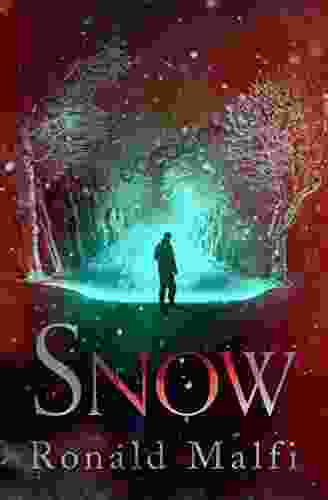
 George Bernard ShawDelve into the Haunting World of "Snow" by Ronald Malfi: A Literary Journey...
George Bernard ShawDelve into the Haunting World of "Snow" by Ronald Malfi: A Literary Journey... Terry PratchettFollow ·18k
Terry PratchettFollow ·18k Dakota PowellFollow ·18.9k
Dakota PowellFollow ·18.9k Edgar HayesFollow ·2k
Edgar HayesFollow ·2k Chase SimmonsFollow ·11.9k
Chase SimmonsFollow ·11.9k Charles DickensFollow ·6.2k
Charles DickensFollow ·6.2k Esteban CoxFollow ·13.5k
Esteban CoxFollow ·13.5k Roy BellFollow ·16.2k
Roy BellFollow ·16.2k William WordsworthFollow ·4.9k
William WordsworthFollow ·4.9k

 Brady Mitchell
Brady MitchellMaster IELTS Speaking: The Ultimate Guide to Success
Kickstart Your IELTS...
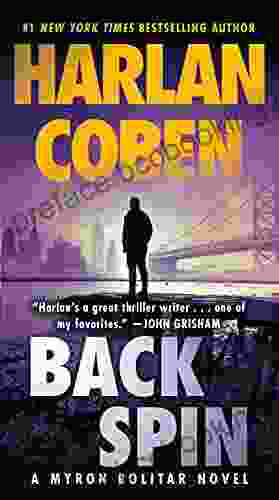
 Branden Simmons
Branden SimmonsBack Spin: A Thrilling Myron Bolitar Novel
Get ready to embark on a...
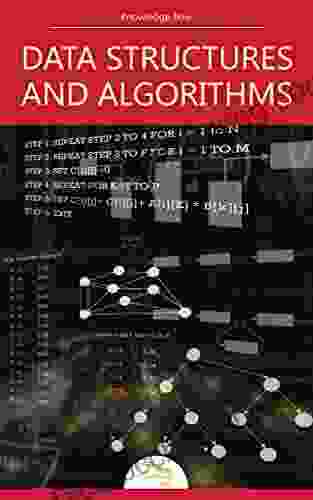
 Marc Foster
Marc FosterData Structures and Algorithms: A Comprehensive Guide to...
In the ever-evolving...
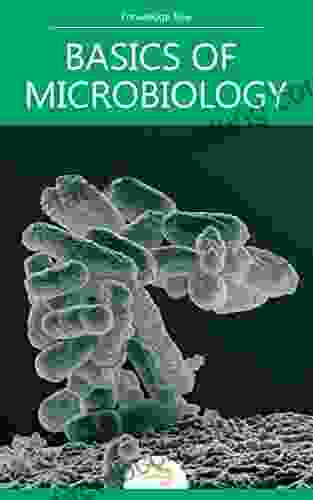
 Jeff Foster
Jeff FosterUnveiling the Basics of Microbiology: A Comprehensive...
The world of...

 J.D. Salinger
J.D. SalingerHold Tight Suspense Thriller: A Gripping Page-Turner That...
Are you ready for a suspense thriller that...
5 out of 5
| Language | : | English |
| File size | : | 24510 KB |
| Screen Reader | : | Supported |
| Print length | : | 48 pages |


